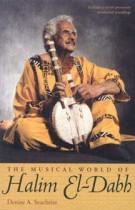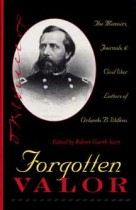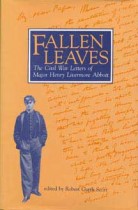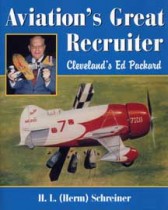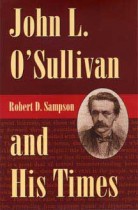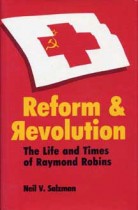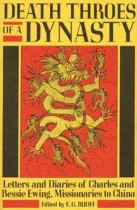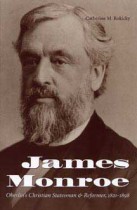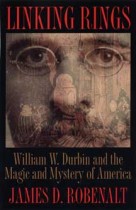Ironclad Captain
Jay Slagle | Filed under: Biography, Civil War Era, Military History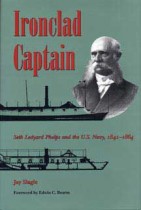
Phelps, a native of Chardon, Ohio, was a prolific and observant correspondent. His private letters, to his wife, his father, and to political patrons and other naval officers, are among the most compelling and descriptive extant. The heart of Ironclad Captain are these letters, which Jay Slagle has set in context through the judicious use of published documents, memoirs, and scholarly histories of the navy. The result is a small history of the navy and its officer corps for the middle third of the nineteenth century.

